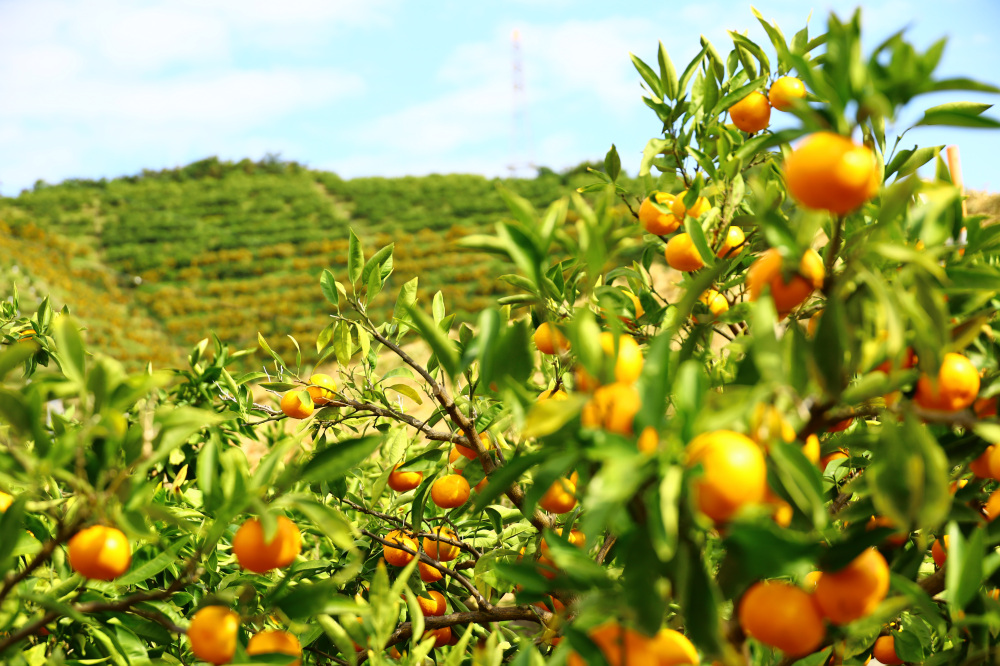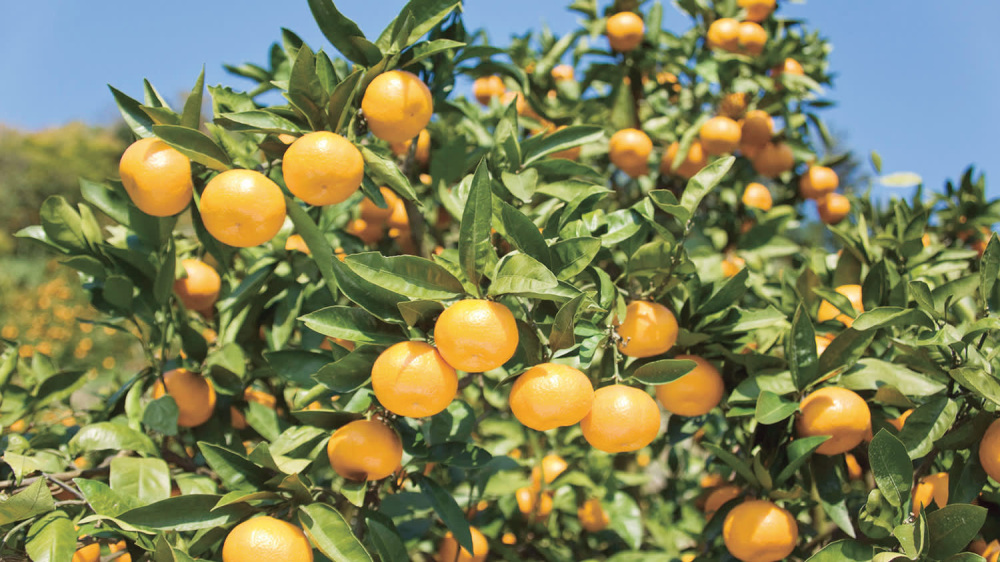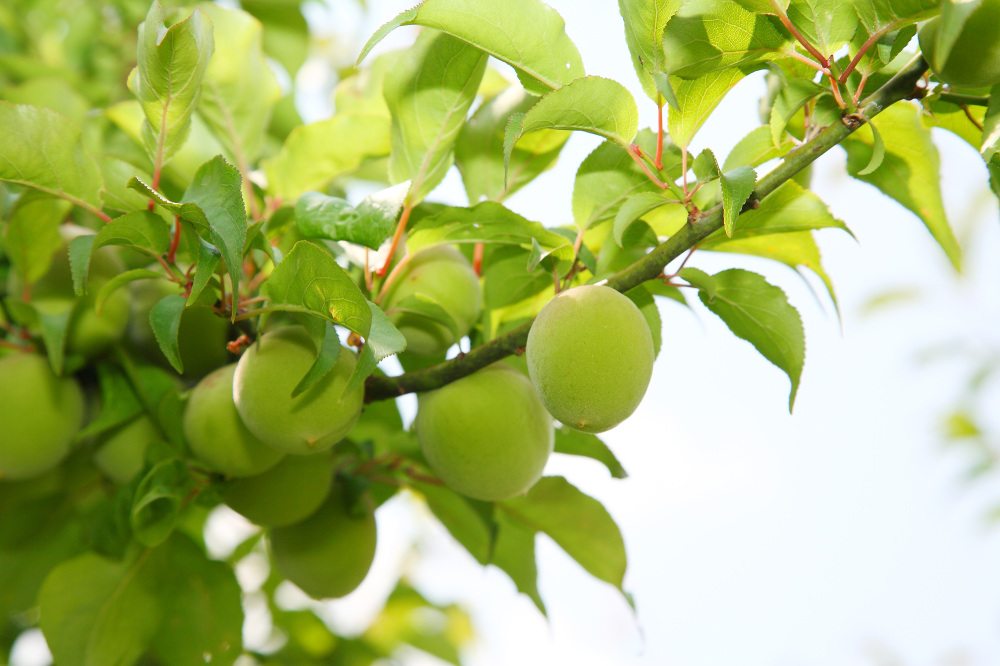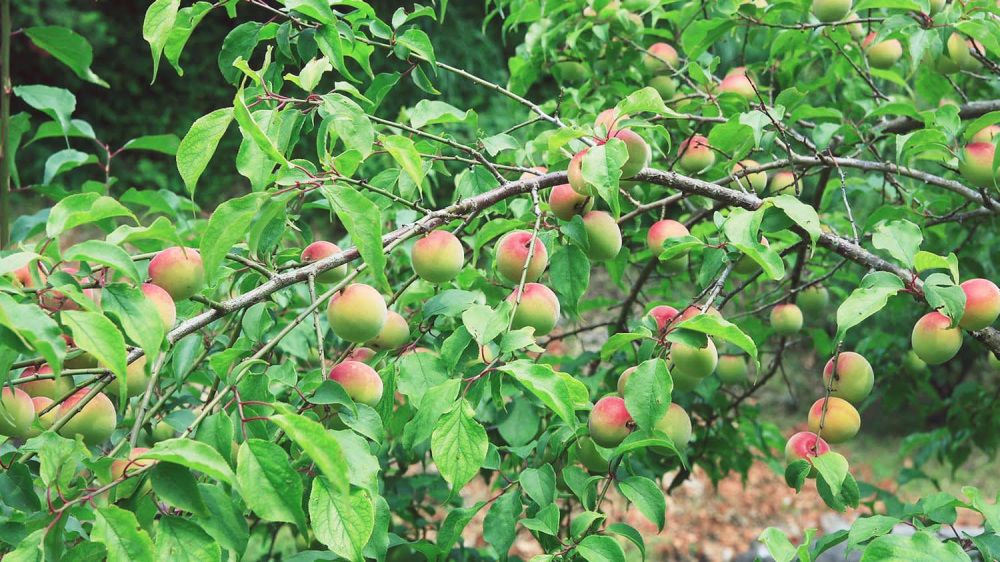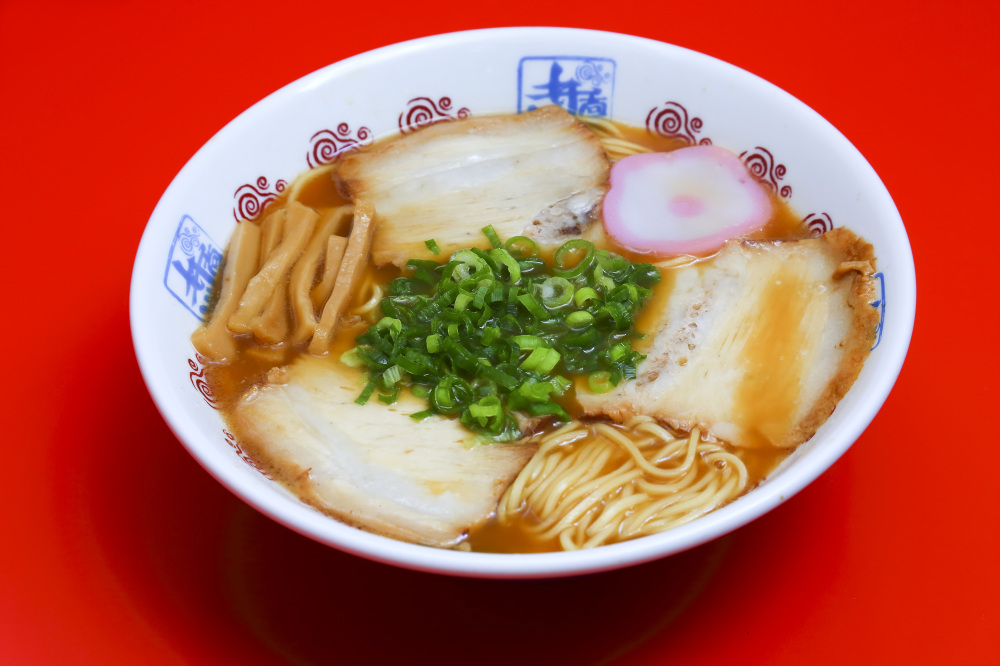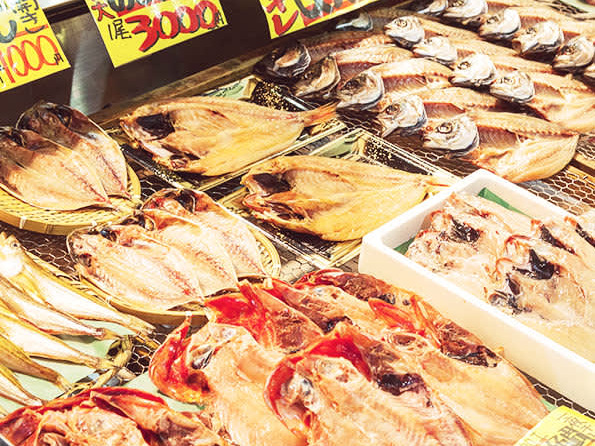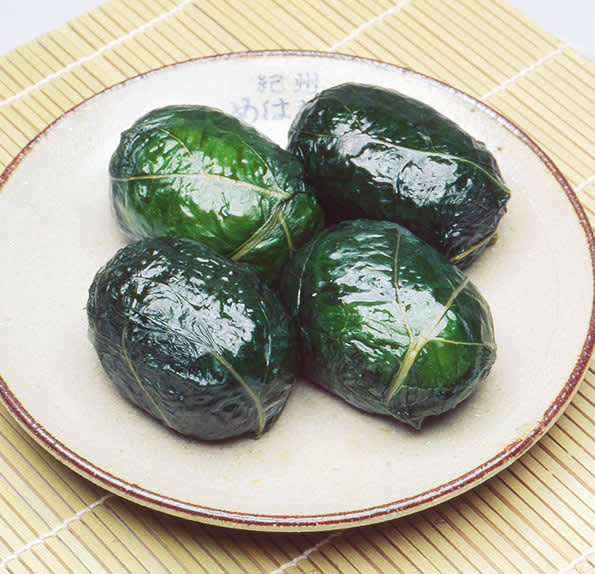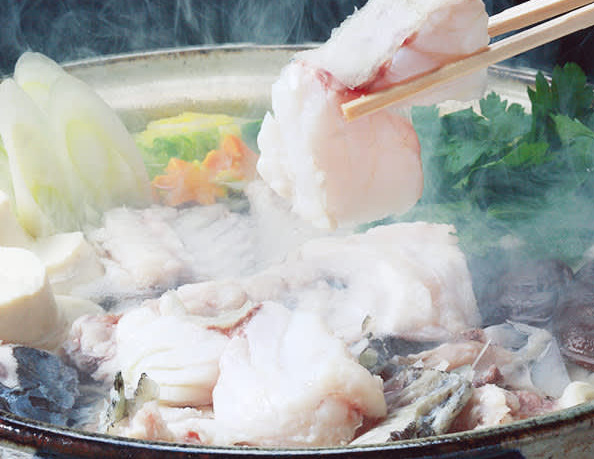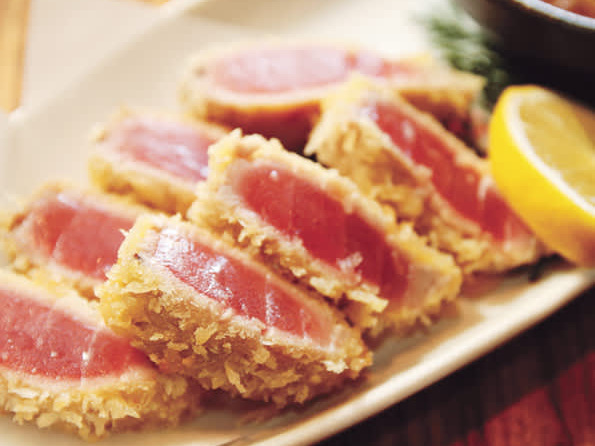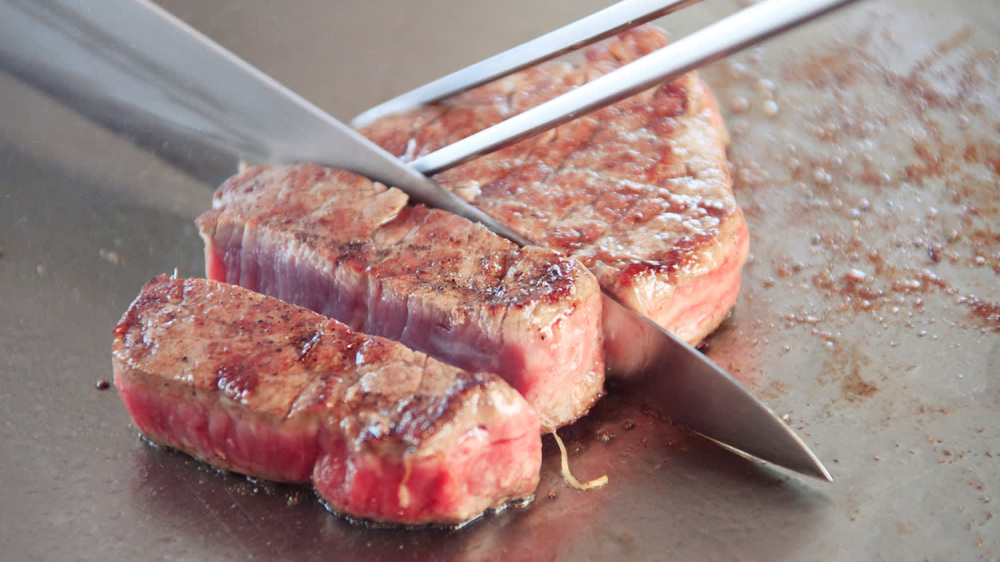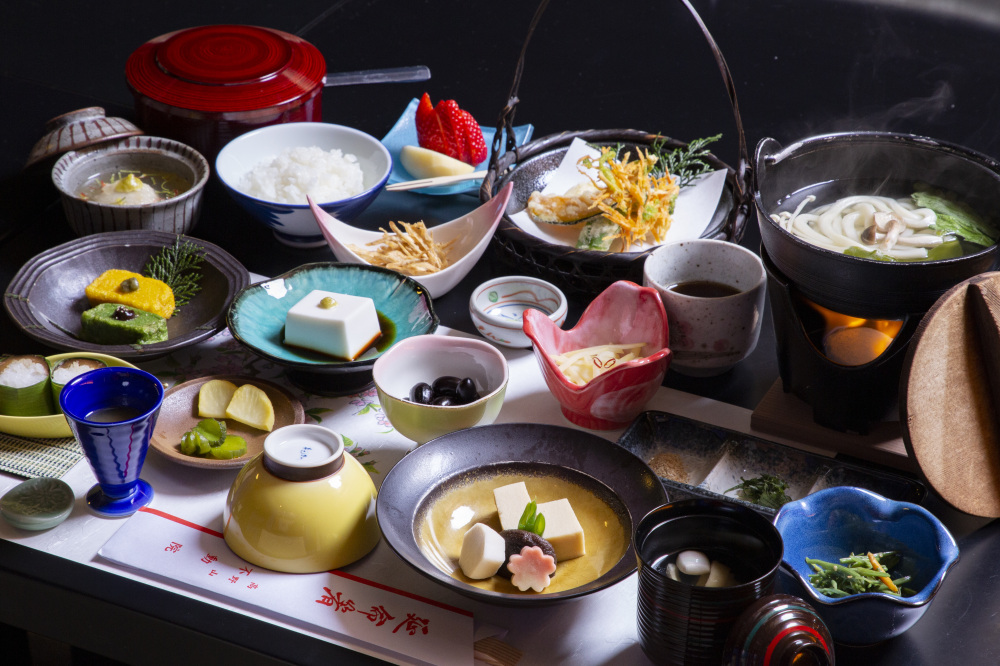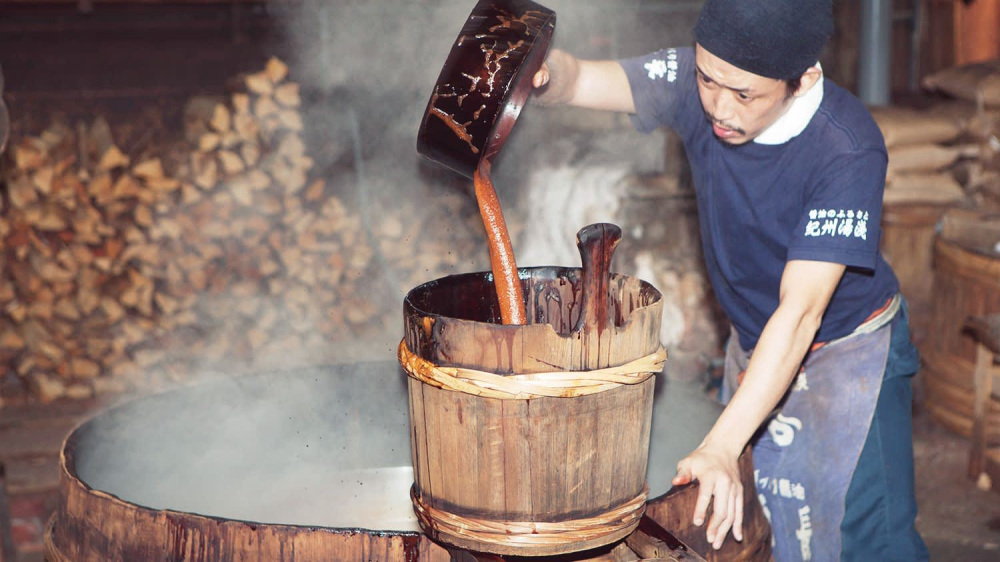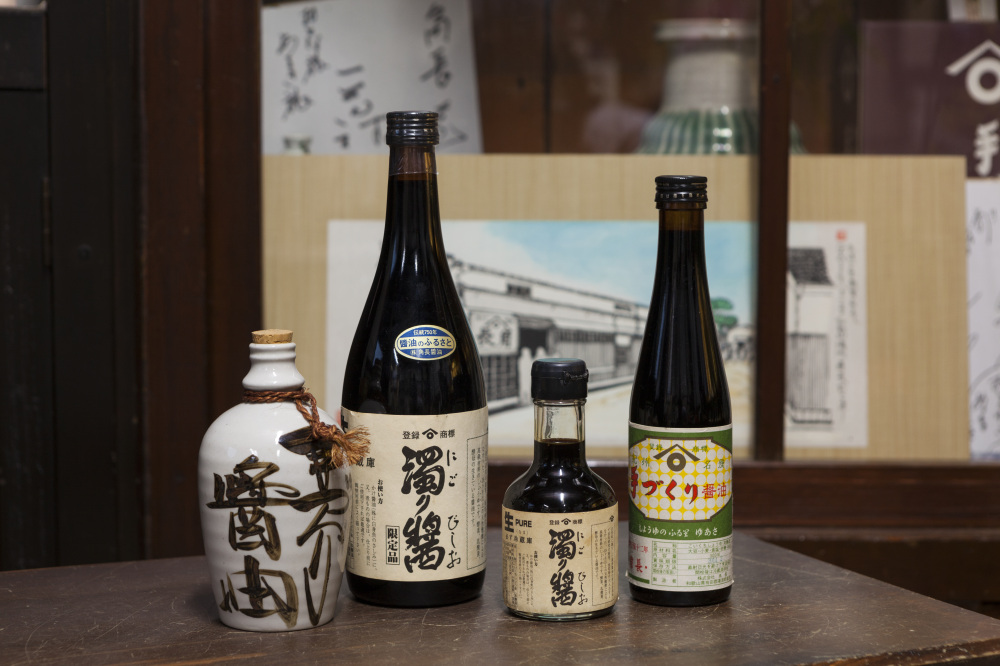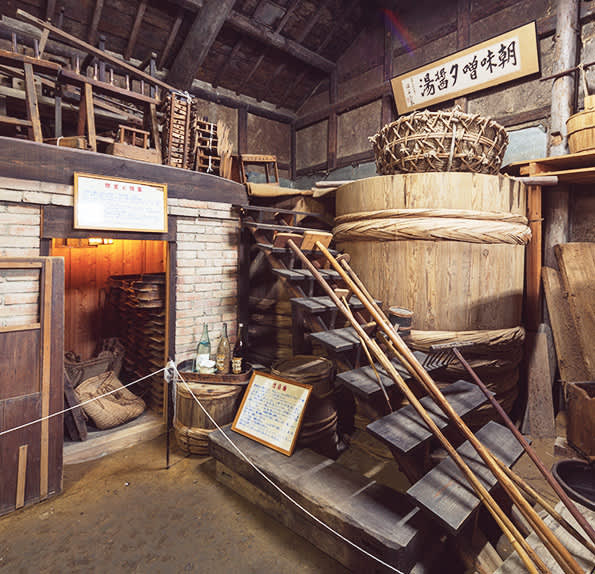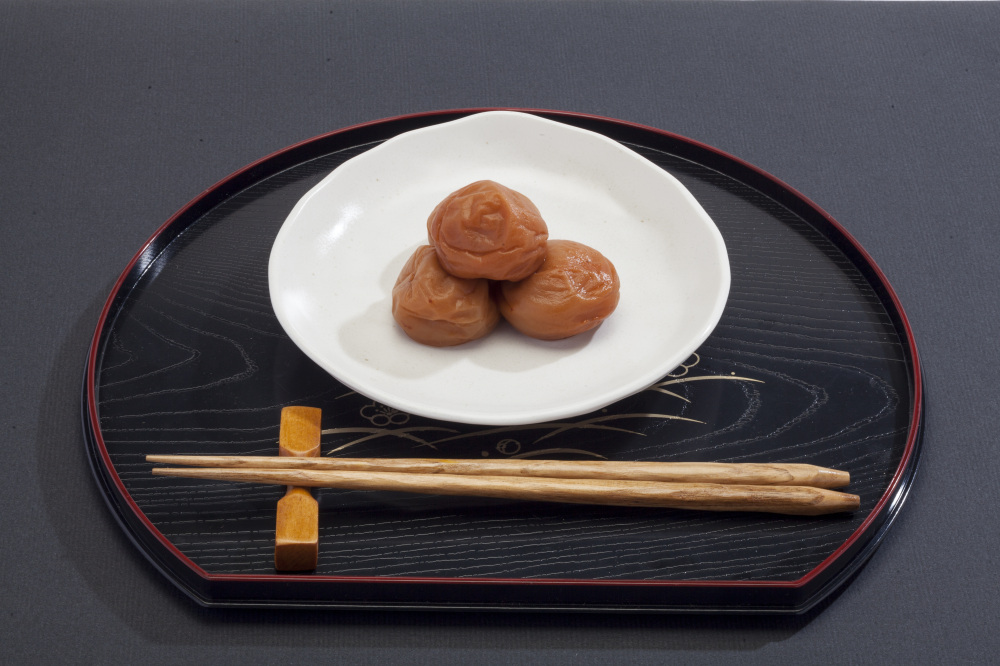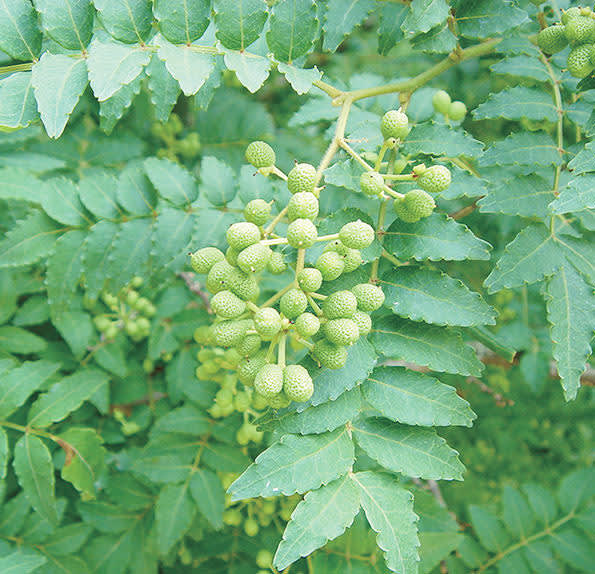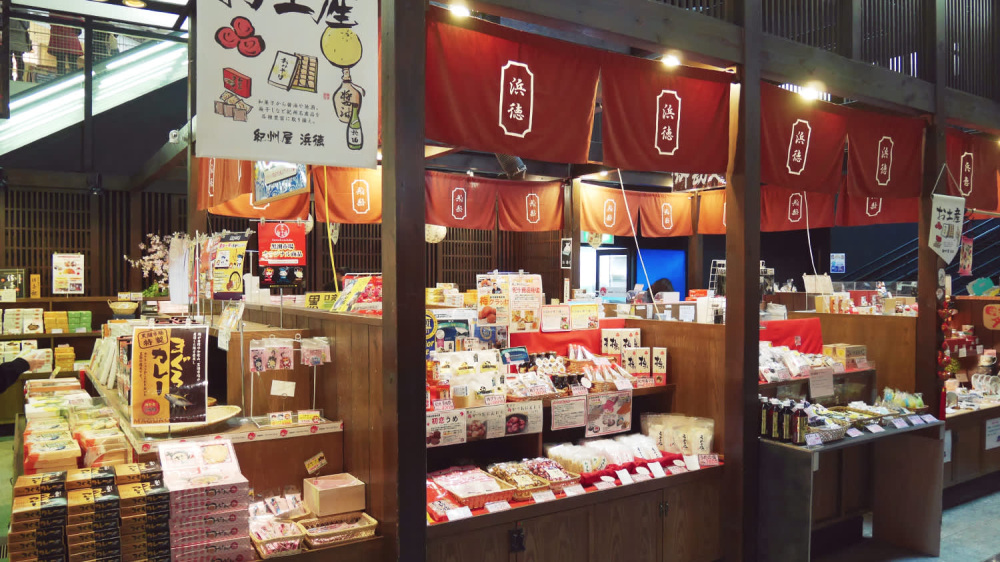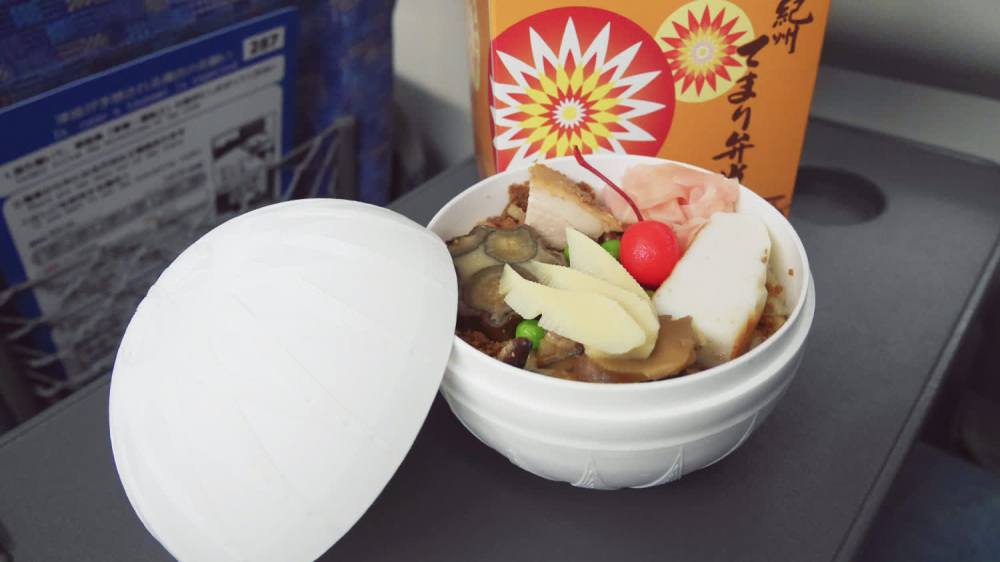Falavors of Wakayama
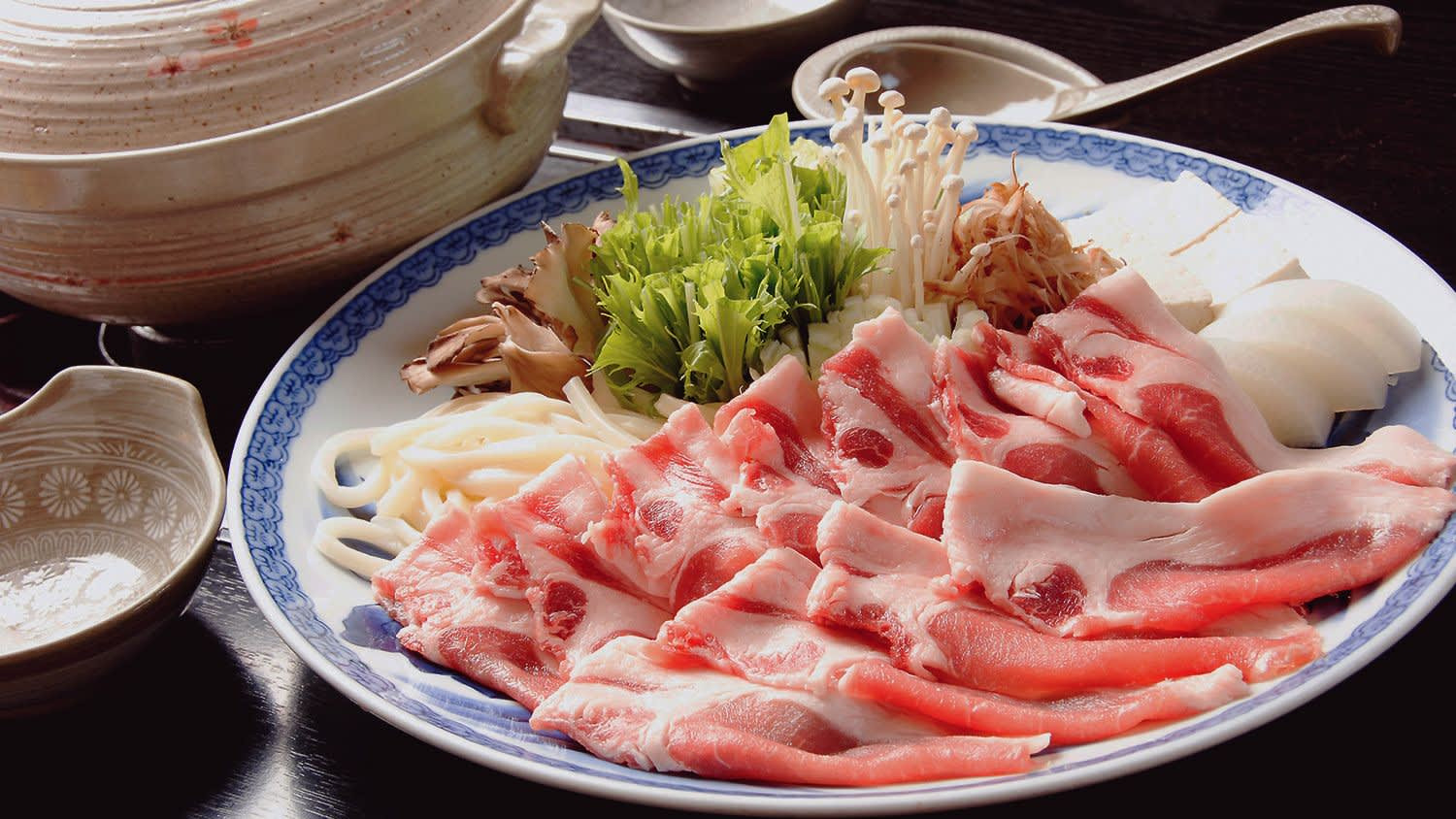
Embracing local ingredients and ancient traditions, whilst creating new ones along the way.
A Fruit Kingdom
Since feudal times, local farms in Wakayama have cultivated premium fruit. During the Edo Period (1603 - 1868) the tenth Lord of Kishu, Harutomi Tokugawa, would have prized Sanbokan Mikan tangerines delivered to Wakayama Castle. Wakayama Prefecture is still the nation's top producer of premium fruit; so much so that it is often called ‘The Fruit Kingdom’ (Kajuokoku Wakayama). The tastiest of the region's fruit remains in Wakayama, which makes a visit to Wakayama a must for the fruit connoisseur.
With temperate climates and fertile soils, there is always some fruit in season in Wakayama, and farms ready to welcome you to pick the fruits in their orchards. Fruit farms in the north and the central-west coastal regions produce original strawberry varieties, persimmons, Japanese ume plums, mandarins and oranges, peaches and more. In addition to the fruit itself, you will find fruit jellies and marmalades, liqueurs, fresh juices, and dipping sauces such as ponzu (the citrus-based soy sauce used in nabe hot-pot cuisine) that can be bought directly from the farmers, or found at local farmers' markets, roadside rest stops (michi-no-eki) and at omiyage souvenir shops.
Ramen AKA Chuka Soba
Ramen, Wakayama's staple noodle fare, or chuka soba (Chinese noodles) as the locals call it, took off in a big way in the years prior to World War II. In those days it was eaten at outdoor stalls, but now the dish is served in seated indoor settings throughout the city. Wakayama ramen predominantly uses either a soy sauce-based broth (shoyu) or a pork and soy sauce broth (tonkotsu-joyu), as might be expected from the birthplace of Japanese soy sauce. However, many modern restaurants also serve their own original takes on the dish. Try a few and find your favorite: no trip to Wakayama is complete without at least having one bowl of the region's soul food.
A Land of Seafarers
As a seafaring nation, it comes as no surprise that fish appears in all manner of Japanese cuisine (wa-shoku). Around the world, sushi, using mainly raw fish, is perhaps Japan’s best known cultural export. However, did you know that in Japan before refrigeration became commonplace, salted and sun-dried fish was much more common than raw fish?
When a Coastline is a Boon
In the Heian Period (794 - 1185) when dried fish (himono) was still a luxury, only members of the Imperial court residing in Kyoto and the wealthiest citizens and people living on the coasts were able to eat himono. Since Wakayama is located on Japan’s largest peninsula, the Kii-hanto, not surprisingly himono became part of the traditional local diet. A staple to this day, beautifully dried fish can often be found at omiyage gourmet souvenir marketplaces.
The Original Sushi
Fresh raw fish nigiri sushi as we know it today only became popular during the late Edo Period (1603 - 1868). Before then, there was nare-zushi, a pressed rice ball made with fermented fish, sometimes wrapped in persimmon leaves (kaki-no-ha-zushi).
The rustic rice balls wrapped in pickled mustard greens (mehari-zushi) is also one of staples of Wakayama cuisine. As an easy to carry food item, in bygone days mehari-zushi was a common food eaten by field hands working in the Kii Mountains. Nowadays, and especially along the Kumano Kodo pilgrimage routes, bento lunch boxes (kodo bento) catering to hikers and pilgrims are likely to contain these easy to spot, handmade leaf-wrapped rice balls.
In Peak Season
In the latter part of the Edo Period, progress created nigiri sushi, which uses fresh raw fish, and hot-pot cooking (nabe) took off as it was no longer a serious fire hazard due to the development of small portable grills (hibachi). Nigiri sushi is immensely popular today and there is always something special to savor in Wakayama given that fresh catches arrive directly into its ports. The Japanese love to celebrate the seasons, and do so by enjoying food when it is at its peak.
Locally-rooted and Ever-changing
As food culture continues to evolve with the times, new flavors and recipes, often using produce from the rivers and the ocean, remain a mainstay of Wakayama’s seafood culture. Expect to see panko-breaded deep-fried tuna starring on the menu, since Wakayama lands the highest volume of fresh tuna in Japan. Another highlight is the wintery dish nabe, a hot-pot filled with a tasty broth, often featuring regionally-caught fish like the fleshy-white longtooth grouper (kue).
Wakayama Beef
The superlative Kumano-gyu cow breed from Kumano is a prime example of Wakayama's long history of animal husbandry. Livestock were used for transporting goods from Kyoto by pilgrims on the Kumano Kodo pilgrimage during the mid-Heian Era (794 - 1185). Over the centuries, careful breeding created top grade Wakayama beef (kumano-gyu), which is renowned throughout Japan. Fine marbling gives it its succulent, melt-in-the-mouth quality. This variety of Japanese ‘wagyu’ beef is best eaten grilled, as yaki-niku.
Shojin-ryori, Buddhist Vegetarian Cuisine
Shojin-ryori (Buddhist vegetarian cuisine) is made using only vegetables and edible wild plants. It may sound simple, yet that could not be farther from the truth. With harmony always in mind, dishes are masterfully prepared by Shingon monks to bring out the inherent flavor of the individual ingredients to the full. Their seasonally-based gastronomy follows strict guidelines. Along with no meat or seafood, it also avoids the pungent foods such as garlic, scallions, onions, shallots and leeks. Call it a kind of soul food, a cuisine that is part of the striving for enlightenment. Specialties include koya dofu and its sesame-flavored relative, goma dofu. This refined cuisine can be enjoyed for lunch, or as part of a unique cultural experience – an overnight stay at one of the 51 shukubo temple lodgings in Koyasan.
Impeccable Seasoning
Japan’s best kept secret may indeed be the rural areas of Yuasa, Arida and Hidaka. For more than 7 centuries, this region has produced some of Japan’s most important condiments; without them, Japanese cuisine would be altogether different.
Kishu Yuasa Shoyu
The most iconic of all, is the salty tamari-based condiment, soy sauce! Some 750 years ago, the small town of Yuasa (known then as Kishu Yuasa), became the birthplace of shoyu, Japanese soy sauce. It was first discovered by a monk, whilst making fermented kinzanji miso-bean paste, which had been introduced from China during the Kamakura Period (1185 - 1333 AD). In its heyday, Yuasa had 92 producers operating in the small town. The townscape, a preserved heritage site, still reflects the architectural style of the Edo Period (1603 - 1868).
In modern times, Yuasa Shoyu differentiates itself by continuing the tradition of using no artificial preservatives, and in making the soy sauce by hand. It also sticks to a traditional recipe dating back to feudal times. To find out more about the traditional brewing process, don't miss the chance to tour an operational soy sauce factory.
Kishu Umeboshi
Another hallmark of Wakayama, is the salt-pickled ume plum (umeboshi) that is most often eaten with white rice. The Nanko Ume plums from which it is made are famous throughout Japan. There are so many varieties of ume that can be found when travelling in Wakayama. Markets offer umeboshi of varying salt-levels, from mild to those that make your toes curl, or the precious kind sprinkled with edible gold leaf. The Kishu Umeboshi, as it is known, has even made its way into convenience store brand onigiri rice balls sold nationwide.
Sansho Pepper
The Prickly Ash trees growing in Wakayama produce some of the finest Sansho Pepper seasoning. This peppery-lemony flavor is essential for robatayaki grill cooking, and particularly important in dishes such as grilled eel (unagi-no kabayaki). It is a key ingredient in the Japanese 7-spice blend known as shichimi.
Omiyage, a Japanese Tradition of Gift-Giving
The custom of taking back gifts from your trip (omiyage) is firmly rooted in Japanese culture. Watch out for regional omiyage – typically food, pre-wrapped and ready to give to friends and family – conveniently available alongside the memento variety of souvenirs. In markets such as Marina City in Wakayama City, a whole section of the food hall is dedicated to products ranging from dry goods to prepared foods. Regional highlights include: umeboshi plum salt-pickles, umeshu plum liqueur, Yuasa soy sauce and many more. Most markets offer tasting stations, where you can sample food as you shop.
Ekiben Train Packed Lunch Culture
Ekiben, the boxed meals sold at stations and on trains, are part of the charm of train travel in Japan. Locals make sure to leave enough time to peruse and purchase regionally-inspired lunch boxes before boarding long-distance trains. Follow suit: you will discover that from packaging, to food design and ingredients, eating a packed meal is part of the fun of the train system in Japan. Wakayama's regional favorites include Kodai-suzume Zushi (sushi featuring juvenile sea bream cut to resemble sparrow birds) and Kaki-no-Ha Zushi (persimmon wrapped fermented pressed sushi) sold at JR Wakayama Station, as well as the Panda-inspired children's boxed meals sold at JR Shirahama Station.
